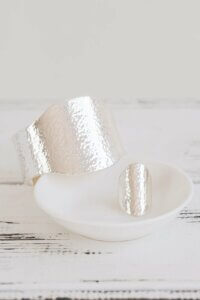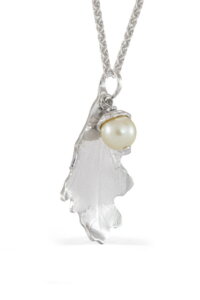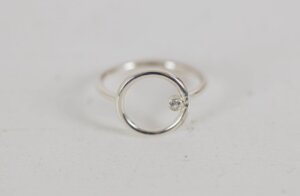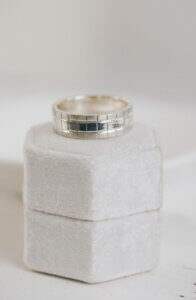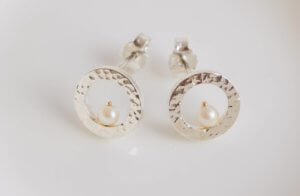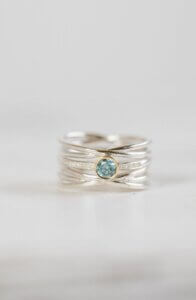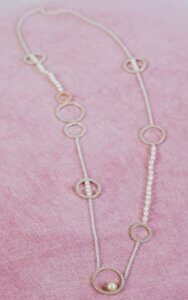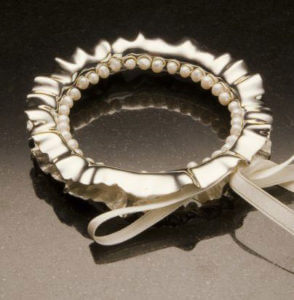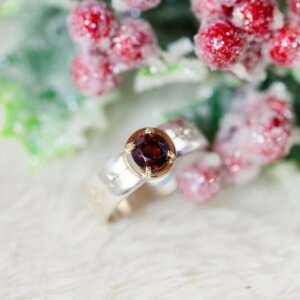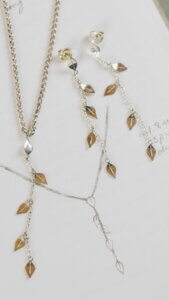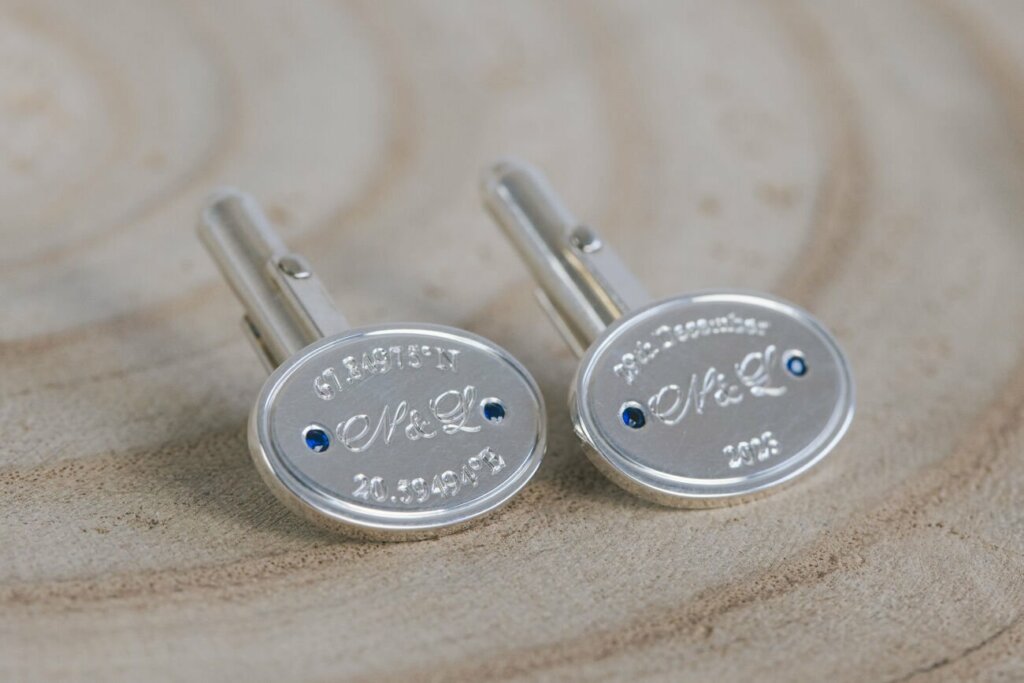
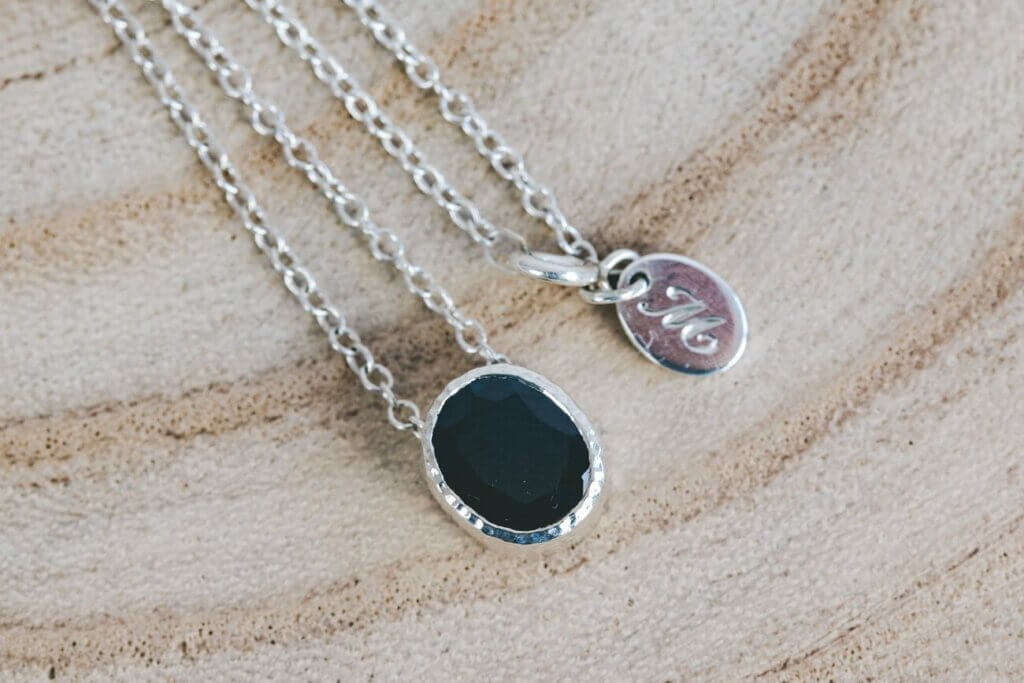
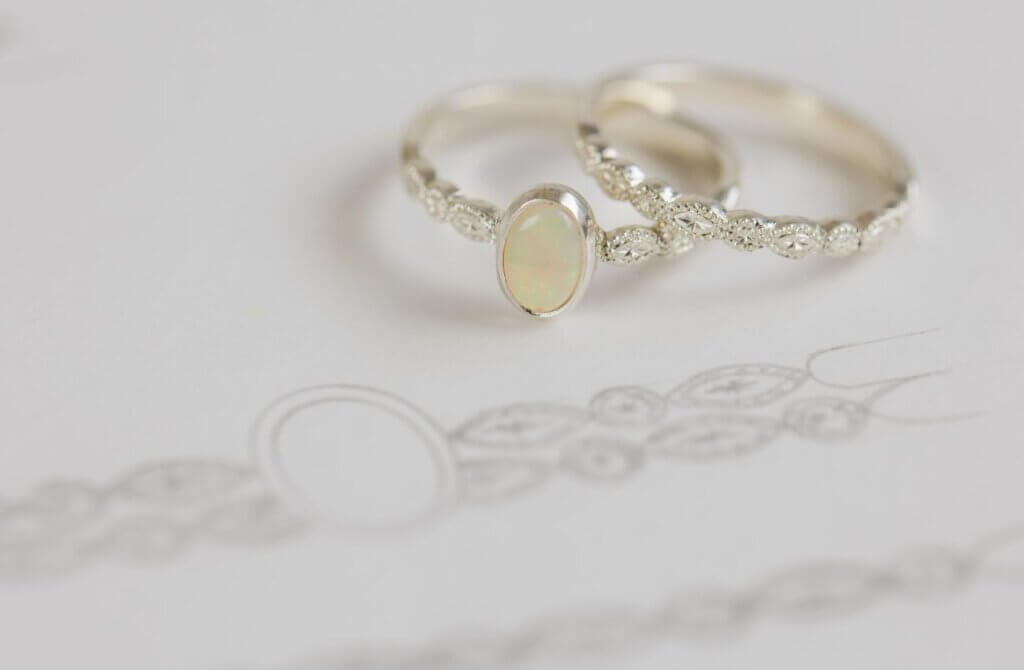
Silver
Silver Facts:
- Silver is the least expensive precious metal.
- It has a beautiful blue-white tone.
- The most reactive of the precious metals, it will oxidise, or ‘tarnish’ when unworn or in damp conditions.
More about Silver
Silver has been used as currency and a regal choice for ornaments and tableware for centuries. These days, it is more commonly used for ‘everyday’ jewellery rather than fine jewellery. That being said, it is a lovely metal to wear.
As with any precious metal, the type we see for sale is not pure but an alloy of metals which work together to create a metal suitable for this purpose.
The difference between Sterling, Fine, Britannia and Argentium Silver
- Sterling Silver is the standard quality of silver used in the UK. Sterling silver is 92.5% pure silver, with the remaining 7.5% usually being copper. This accounts for why silver tarnishes, but the reason for its addition is to increase the durability of the metal.
- Fine silver is 99.9% pure and so is not usually used in the jewellery industry as it will not stand up to normal wear and tear.
- Britannia Silver is 95% pure.
- Argentium silver is a relatively new invention with a lower copper content to reduce tarnish; some of the copper is swapped for a metal called Germanium.
Silver will not normally tarnish when worn really regularly, but this black-brown stain will appear quickly if it is stored in damp conditions. Tarnish is easy and quick to remove with a quick buff up with a polishing cloth, which can be bought from most jewellery shops. When worn, the oils in your skin prevent the stain from occurring.
Pros and Cons of Silver Jewellery
Silver is a beautiful precious metal; it has a wonderful bright blue-white hue that works well with a wide range of skin tones and a stunning natural lustre which has made it a popular choice since the 13th century.
However it is the softest metal out of the selection of precious metals available to you so you must take this into account when purchasing a piece made of silver. Earrings and necklaces rarely come into contact with anything other than the wearer but rings and bracelets need a little more consideration. I would not recommend setting a valuable gemstone into a silver ring because it dents, bends and scratches very easily. If you’re looking to have a silver ring made, you could always consider having the setting for any stones made out of another more hard wearing metal. Just please be aware that no precious metal is truly ‘durable’ and will dent and scratch with wear. Each time your hand comes into contact with anything made of a harder substance (stainless steel for example), it will collect marks. As the marks become consistent over the piece, the resulting patina will not look ‘scratched’, but more loved and worn. The key to longevity in jewellery, particularly rings, is to make sure there is sufficient depth to the piece for it to be able to survive a lifetime of knocks and scrapes. No matter how careful you are, it is impossible to keep a ring in pristine condition unless you keep it in a safe and never wear it and where is the fun in that?
No precious metal is ‘better’ than another – the right choice for you depends on your personal priorities which will be different to the next person. The best way to determine which precious metal you like more is to see it in the flesh.
Find out more about this precious metal in my blog all about Silver.


